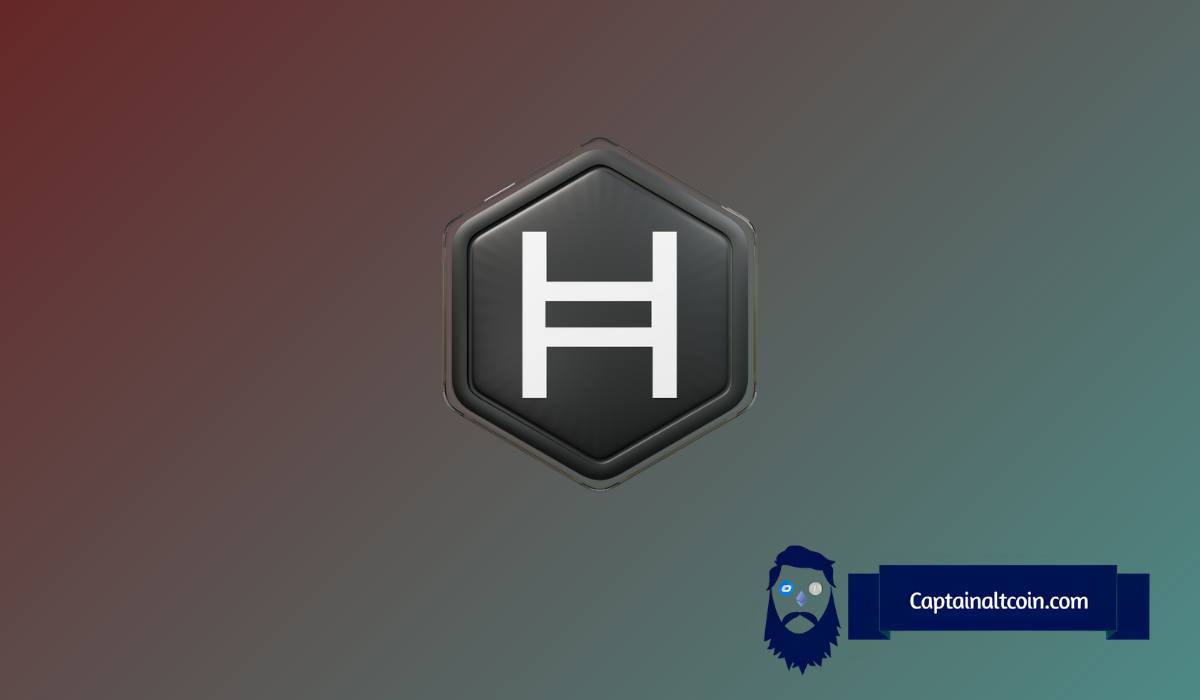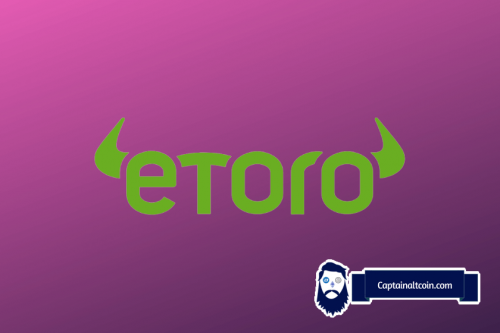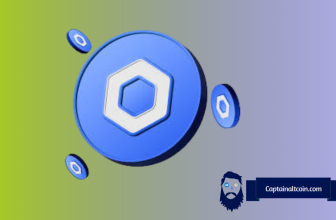
Ripple and Hedera are two popular altcoins with strong real-world use cases. But according to crypto analyst Marius, one might have a much higher upside this cycle. In a new video on his YouTube channel 10X by Marius, he breaks down the key differences between XRP and HBAR based on market data, tokenomics, utility, and growth potential.
XRP is the token behind Ripple’s payment network, mainly used by banks and financial institutions. It is known for its speed and low transaction costs. Marius highlights that XRP already powers payment flows in regions like Asia and South America through Ripple’s on-demand liquidity services.
Meanwhile, HBAR is the native token of Hedera, a Layer 1 network based on Hashgraph technology, not traditional blockchain. According to Marius, this architecture makes HBAR much faster and more scalable than XRP. Hedera is being used for enterprise solutions like supply chain tracking, tokenized carbon credits, and digital ID verification. Its governing council includes giants like Google, IBM, and Boeing.
Marius notes that both altcoins have clear real-world use cases but operate on different visions—Ripple focuses on finance, while Hedera is pushing enterprise-grade Web3 infrastructure.
What you'll learn 👉
Market Cap and Supply: Marius Breaks Down the Numbers
In terms of valuation, Marius says XRP is the heavyweight here, with a market cap of around $140 billion and a fully diluted value near $240 billion. Hedera, in comparison, has a market cap of just $9 billion, with a fully diluted value around $10 billion.
Because of this, Marius believes HBAR still has far more room to grow. It also has 85% of its token supply already circulating, while XRP is at 58%. That gives HBAR an advantage when it comes to lower dilution risk.
However, both tokens raise centralization concerns. Ripple controls about 50% of all XRP, while Hedera’s council holds the majority of HBAR. Marius points out that this kind of centralized control could influence price dynamics in both directions.
Tokenomics and Tech: Which One Has the Edge?
Marius also dives into the token economics. XRP has a built-in burn mechanism that destroys fees with each transaction, creating deflationary pressure over time. HBAR does not have a burn function. However, XRP’s regular token sales by Ripple could offset the deflationary impact and add sell pressure.
Neither XRP nor HBAR currently supports staking, and both follow different emission models. Marius notes that Ripple’s token release is variable, while Hedera has a locked emission schedule that isn’t fully transparent to the public.
When it comes to tech, Marius argues that HBAR is more innovative. Its Hashgraph consensus allows for faster throughput and higher scalability, which could give it an edge in the long term. But XRP has the first-mover advantage in global payments and is already deeply integrated into the financial system.
Adoption, Community, and Price Potential According to Marius
XRP has a massive community and wide media coverage. Marius points out that the “XRP Army” is one of the most active groups in the crypto space, with millions of followers worldwide. HBAR’s community is growing but still smaller in comparison.
In terms of adoption trends, Marius observes that HBAR is gaining momentum with enterprise partners, while XRP has maintained stable growth. Wallet activity remains stronger for XRP, though HBAR is catching up in terms of community engagement.
Read Also: Kaspa Not Done Yet? Analyst Reveals Bold KAS Price Target for This Cycle
On future price outlook, Marius sees XRP potentially reaching $4 to $5 this bull run. For HBAR, he sets a more ambitious target of $1.5, which would require broader adoption and sustained momentum.
Even though XRP has stronger fundamentals, Marius believes HBAR presents a higher asymmetric opportunity due to its smaller market cap, stronger tech, and expanding use cases. He concludes that while XRP is the safer choice, HBAR might offer the bigger reward if the right catalysts fall into place.
Subscribe to our YouTube channel for daily crypto updates, market insights, and expert analysis.
We recommend eToro
Wide range of assets: cryptocurrencies alongside other investment products such as stocks and ETFs.
Copy trading: allows users to copy the trades of leading traders, for free.
User-friendly: eToro’s web-based platform and mobile app are user-friendly and easy to navigate.









